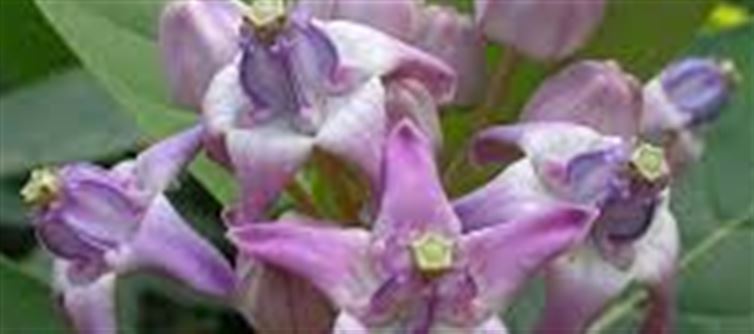
Aak, also known as Calotropis or Madar, is a common plant across India. Often regarded as poisonous if misused, ancient Ayurvedic texts praise its remarkable healing properties. When used correctly, Aak can address a wide range of health issues—from arthritis to hair loss. Here’s why this mysterious plant is gaining attention:
1. Relieves Arthritis and Joint Pain
Aak’s leaves and root extracts contain compounds with anti-inflammatory properties. Applying Aak leaf poultices to affected joints can help reduce swelling and ease pain in arthritis and other inflammatory conditions.
2. Promotes Hair Growth and Prevents Baldness
The latex and leaves of Aak are used in traditional remedies for hair loss. Regular application of Aak-based oils or pastes to the scalp is believed to strengthen hair follicles, stimulate growth, and prevent premature balding.
3. aids Respiratory Health
Aak has been used to treat asthma, cough, and bronchitis in Ayurvedic practice. The plant’s bioactive compounds help relax airways, reduce inflammation, and improve breathing.
4. Supports Skin Healing
Aak latex is traditionally applied to wounds, cuts, and skin infections. Its antibacterial and antiseptic properties help speed up healing, prevent infections, and reduce inflammation.
5. Boosts Digestive Health
Certain parts of the Aak plant, when prepared correctly, aid in digestion and relieve constipation. It helps detoxify the body and improve metabolism, making it a valuable addition to traditional remedies.
⚡ Important Tips for Safe Use
· Use under guidance: Aak is poisonous in large amounts; always follow Ayurvedic recommendations.
· External vs. internal use: Leaves and latex are mostly used externally, while properly processed extracts may be taken internally.
· Avoid raw consumption: Never ingest raw Aak, as it can be toxic.
From relieving joint pain to boosting hair growth, Aak is a fascinating example of nature’s hidden remedies. With proper knowledge and careful use, this ancient medicinal plant continues to offer modern benefits, proving why ayurveda has always valued its healing powers.
Disclaimer:
The views and opinions expressed in this article are those of the author and do not necessarily reflect the official policy or position of any agency, organization, employer, or company. All information provided is for general informational purposes only. While every effort has been made to ensure accuracy, we make no representations or warranties of any kind, express or implied, about the completeness, reliability, or suitability of the information contained herein. Readers are advised to verify facts and seek professional advice where necessary. Any reliance placed on such information is strictly at the reader’s own risk.
.jpg)




 click and follow Indiaherald WhatsApp channel
click and follow Indiaherald WhatsApp channel